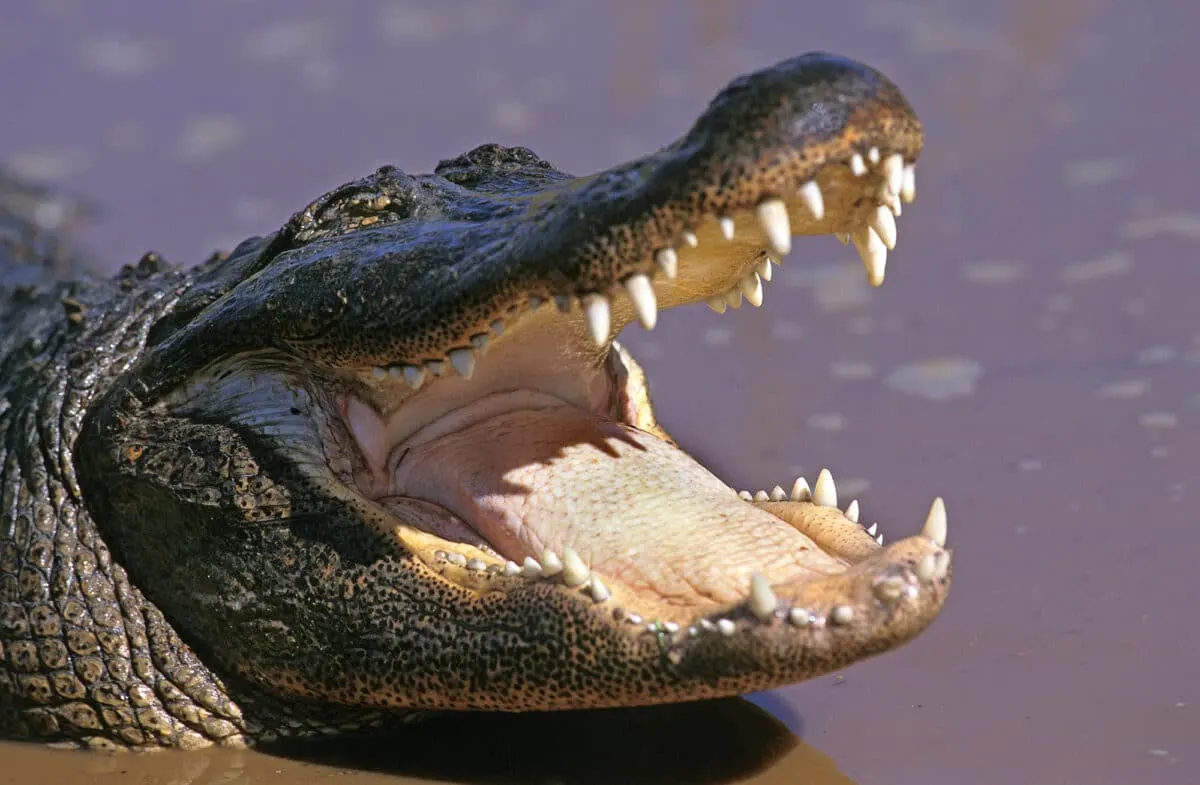Georgia is home to a particular alligator population that draws nature lovers and wildlife enthusiasts worldwide. These prehistoric creatures have a captivating presence that is hard to ignore and an exciting history worth exploring.
According to experts, Georgia has an estimated 220,000 alligators, making it the state with the third-largest population of these reptiles in the United States.
Alligators play an essential role in Georgia’s ecology. They are apex predators that help maintain the balance in their ecosystem. They feed on fish, turtles, snakes, and other small animals but are also preyed upon by larger animals such as panthers, bears, and humans.
Moreover, alligators have fascinating behavior that is worth observing. They are stealthy predators that can wait for hours with their eyes and nose above the water, waiting for prey.
Georgia’s alligator population is a remarkable sight worth exploring for anyone interested in wildlife preservation.
They represent a vital component of the state’s ecology and a window into the world of these prehistoric predators. Whether you’re an enthusiast or a curious onlooker, Georgia’s alligators will indeed cast a spell on you.
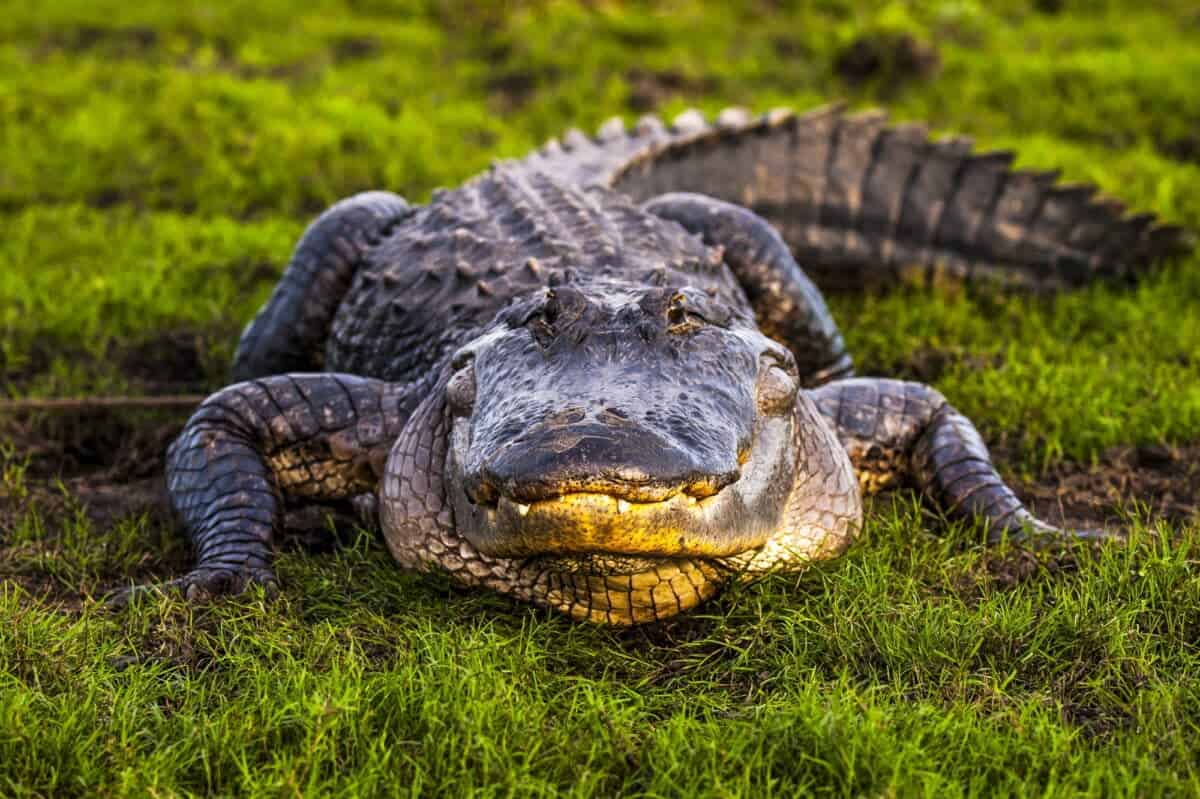
Skip to any section below.
Introducing Georgia’s Alligator Population
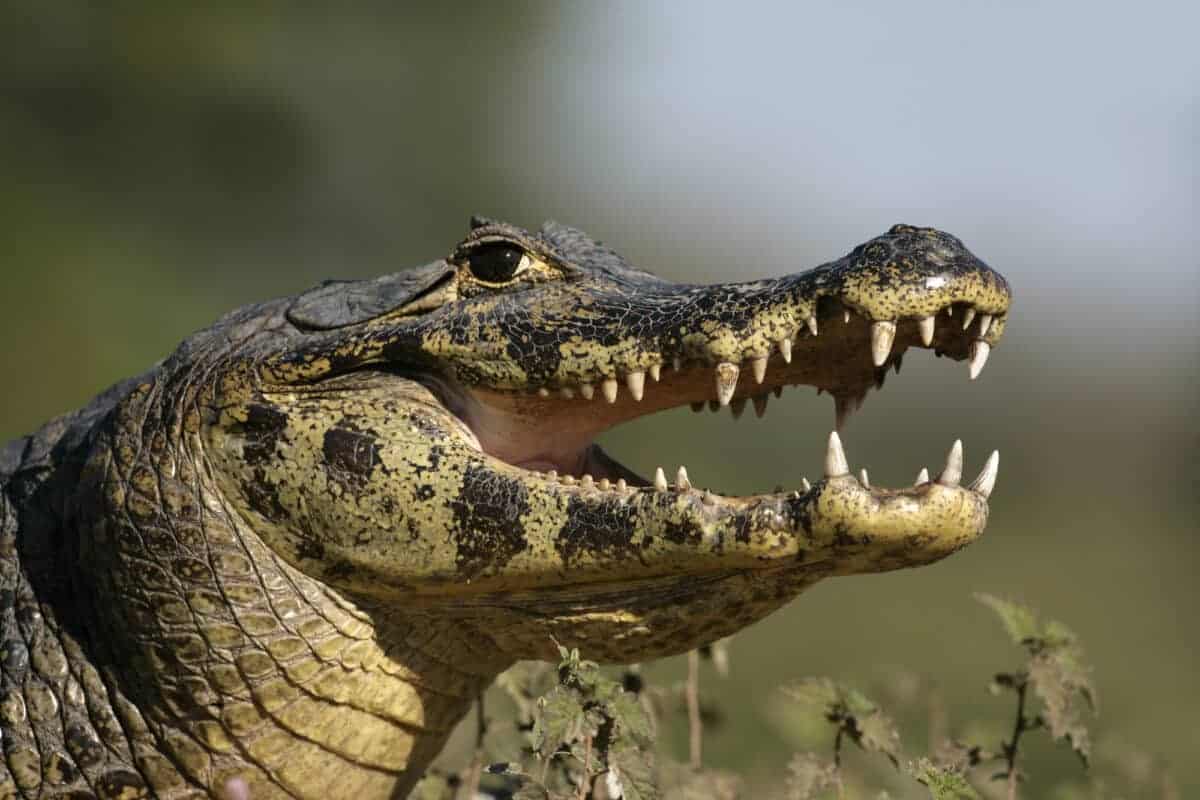
Georgia’s alligator population is a fascinating and vital state ecosystem component. Therefore, these prehistoric creatures have been around for millions of years and have adapted to thrive in diverse habitats, including marshlands, swamps, and rivers.
While they may seem intimidating, alligators play an essential role in maintaining balance within their habitats by controlling other animal populations and helping distribute nutrients throughout local ecosystems. It’s vital to be aware of the presence of alligators in Georgia, especially during the warmer months when they’re most active.
A Brief History Of The American Alligator
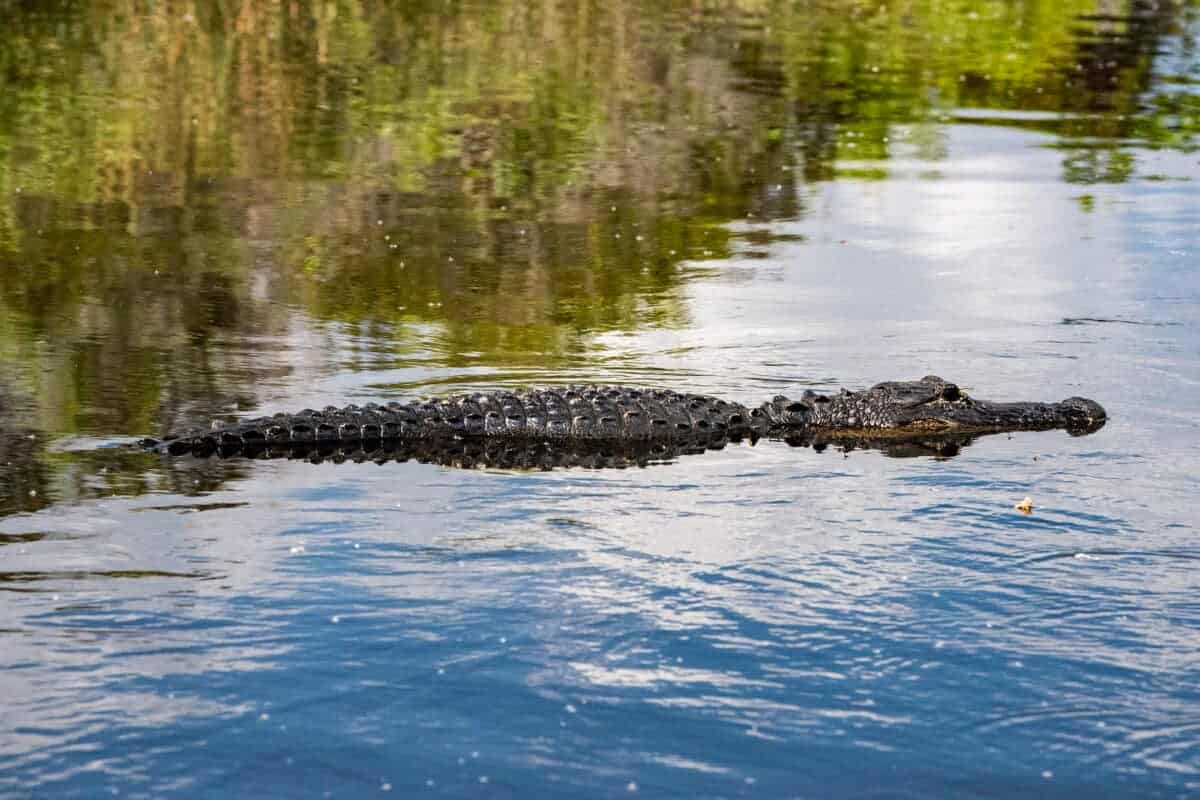
The majestic American alligator has long been a cultural symbol of the southern United States, but its history stretches back much further than many people realize.
About 37 million years ago, alligators first emerged on the scene in what is now South America.
Over time, these creatures migrated north and eventually took up residence in the swampy wetlands of the southeastern United States. Unfortunately, their habitat has become increasingly threatened over the years.
However, conservation efforts have been implemented to preserve these remarkable creatures, significant in American history and culture.
Overall, the brief history of the American alligator is an incredibly fascinating and important one that all nature lovers should take the time to learn about.
Where To Find Them In Georgia?
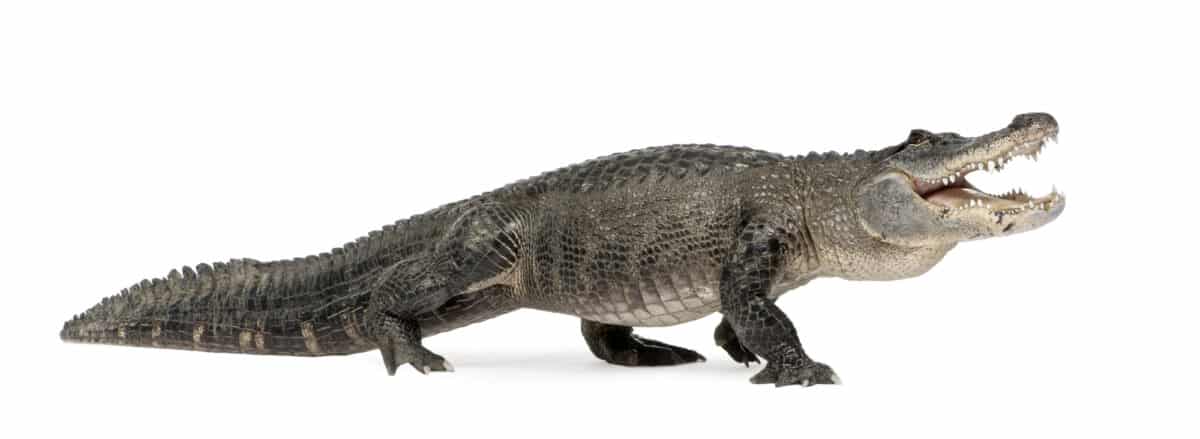
Georgia is home to a diverse range of wildlife, but if you’re looking for one of the state’s most fascinating creatures, look no further than the American alligator. These prehistoric reptiles can be found throughout the state’s swamps, marshes, and rivers.
However, some of the best places to spot them include the Okefenokee Swamp, the Savannah River, and the Altamaha River.
While these creatures may seem intimidating, with some reaching lengths of up to 14 feet, they play an essential role in Georgia’s ecosystem.
They are a vital part of the state’s natural heritage. So if you’re out exploring Georgia’s wilderness, keep your eyes peeled for these amazing animals – but be sure to give them plenty of space and respect their boundaries!
Understanding Alligators’ Habits And Behaviors
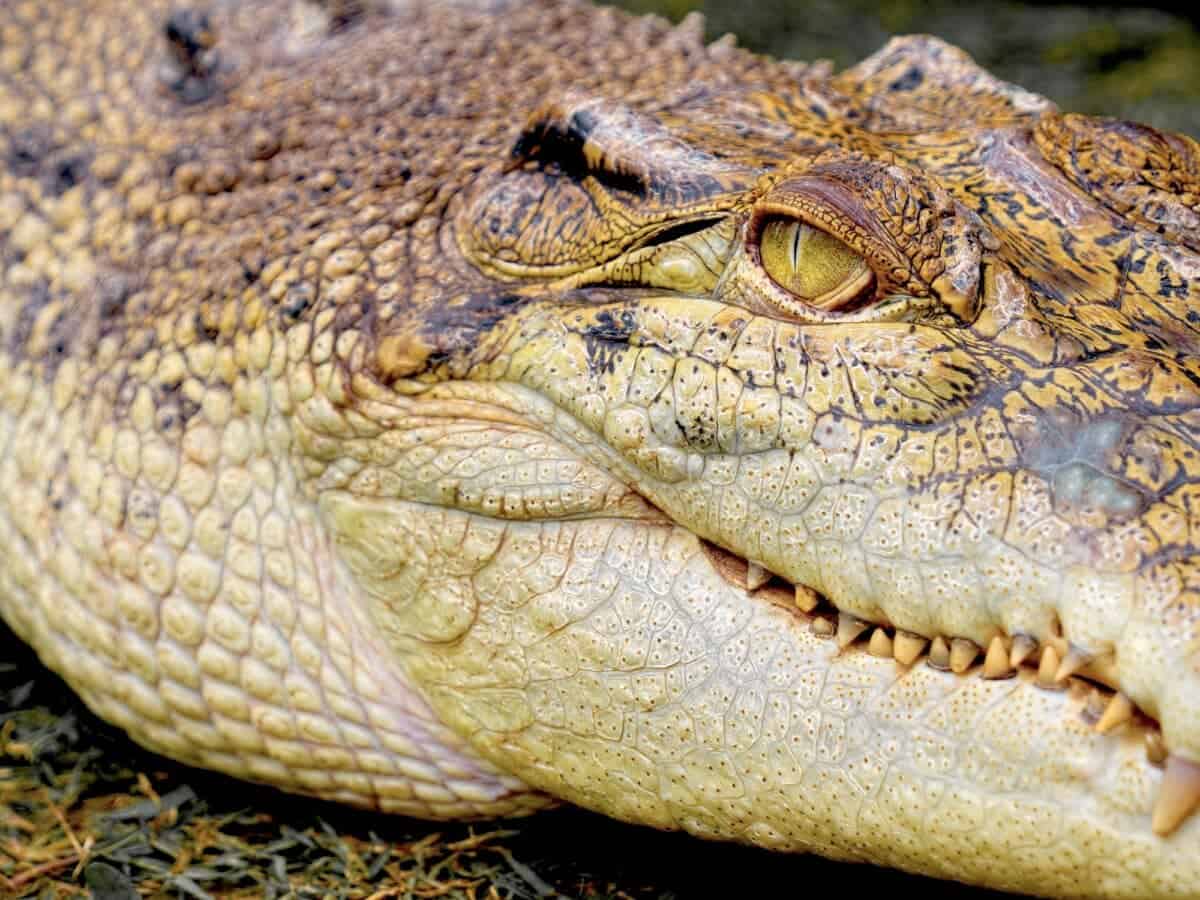
Alligators are often shrouded in mystery and perceived as fearsome creatures. However, understanding these reptiles’ habits and behaviors can help demystify them and even foster a greater appreciation for their importance in the ecosystem.
For instance, did you know alligators are cold-blooded and rely on basking in the sun to regulate their body temperature? Or that they can hold their breath for up to two hours underwater?
Additionally, by learning more about their diet, habitats, and breeding patterns, people can better understand how to safely coexist with alligators in the wild. Furthermore, truly understanding alligators’ habits and behaviors is vital to respecting and appreciating them. Due to the fact these creatures play a crucial role in maintaining a healthy ecosystem.
Check out: Discover a Lemming Confronting A Snowy Owl.
Tips For Interacting With Alligators Safely
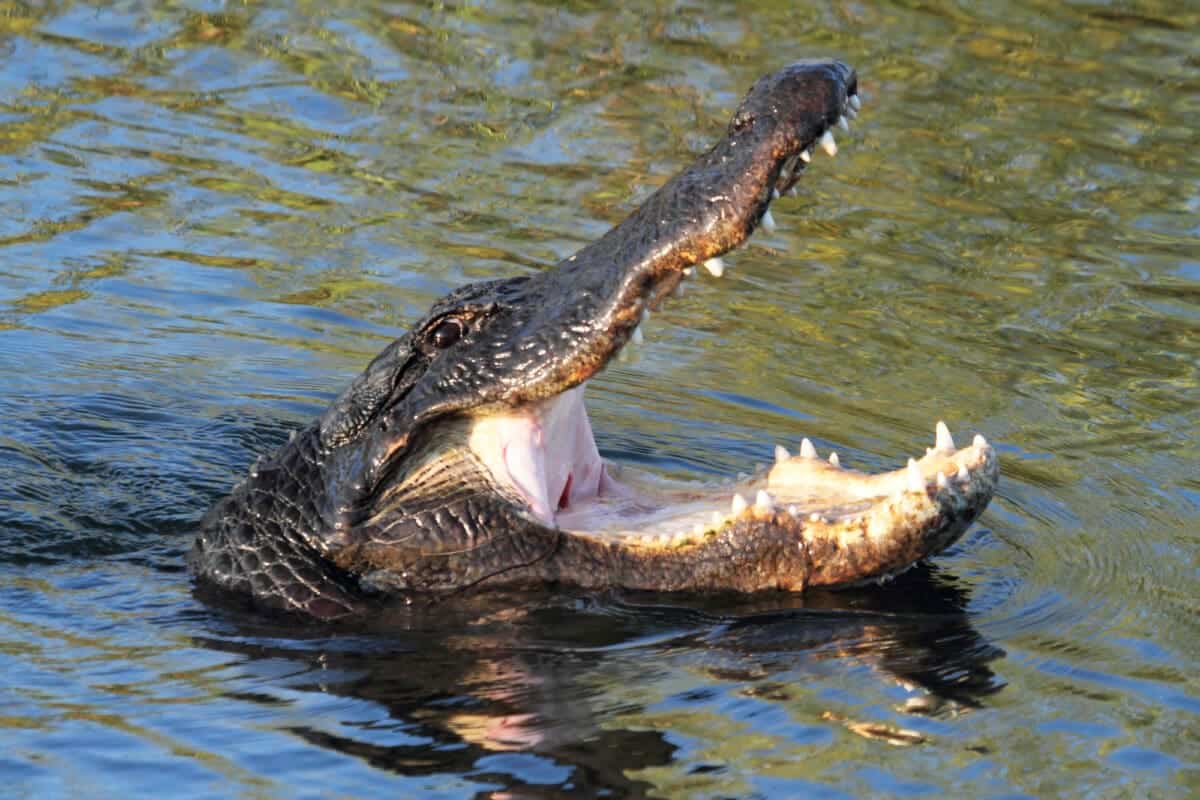
Are you planning on hiking or strolling near a body of water where there might be alligators? Knowing how to interact with these powerful creatures safely and responsibly is essential. Here are some tips for interacting with alligators safely.
First and foremost, always keep a safe distance from them. Remember that they are wild animals and should be treated cautiously and respectfully.
Do not approach or feed them; never try to get too close for a photo. Alligators are generally not aggressive unless threatened, so be mindful of your actions.
Keeping pets on a leash and away from the water where alligators may be lurking is also essential. By following these tips, you can enjoy the beauty of nature while staying safe and respecting the wildlife around you.
Conservation Efforts To Protect Georgia’s Alligators
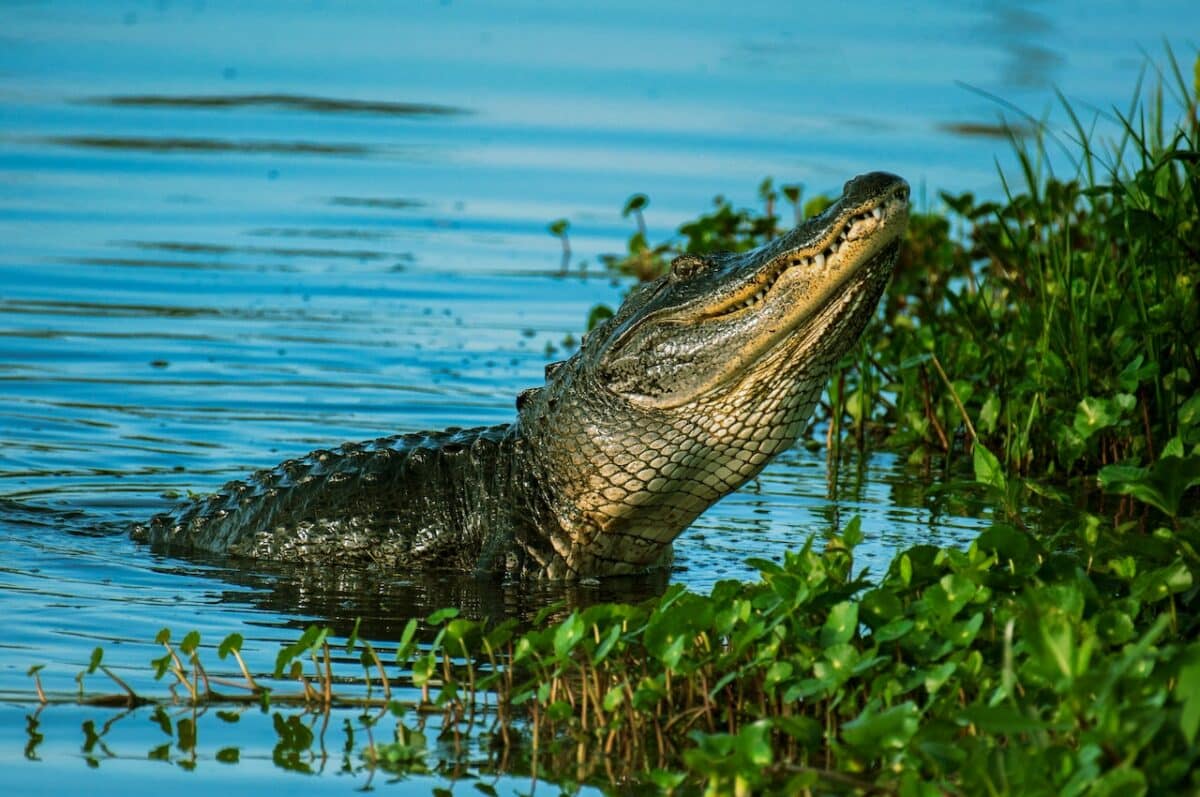
Georgia’s alligators are an essential part of the state’s unique ecosystem, however, increased human development and habitat loss. Conservation efforts have been implemented to protect them and their habitat to ensure the species’ survival.
These efforts include habitat preservation, monitoring, and management. It also includes education programs to ensure that people understand these magnificent creatures’ importance and role in the environment.
Through these concerted efforts, we can work to ensure that Georgia’s alligators will continue to thrive. Furthermore, be a part of our state for generations to come.
Key Points
| Georgia is home to a thriving alligator population. These reptiles are integral to Georgia’s unique ecosystem, vital in regulating the state’s aquatic food chain and promoting biodiversity. |
| These reptiles are essential to Georgia’s unique ecosystem, which is critical in regulating the state’s marine food chain and promoting biodiversity. |
| Alligators in Georgia typically range in size from 6 to 14 feet, though some individuals have been known to exceed 15 feet in length. |
| Alligators are often seen as fearsome predators, more opportunistic feeders than anything else. |
| Despite their impressive size, alligators are surprisingly agile in water and land. |
| Georgia’s Department of Natural Resources works hard to promote coexistence between humans and alligators, enforcing strict regulations on hunting and educating the public on safe practices for encountering these fascinating creatures in the wild. |
| Georgia’s alligator population is a testament to the state’s commitment to preserving and protecting its unique natural heritage. |
Check out: Fury In The Forest: Wolverine Takes On A Bear.
Wrapping Up
Georgia’s alligators have seen a resurgence in population and remain an impressive sight to witness. Though largely independent from humans, conservation efforts have helped protect alligator populations in the state.
There’s much to learn about alligators, from their habitats to their diet. Seeing them in person is an unforgettable experience. This brings all the stories together in one beautiful reminder of just how magnificent nature can be!
If you’re planning on visiting Georgia and are interested in learning more about its alligator population, consider visiting a nature center or nearby pond. Not only will you get an up-close look at an impressive creature but you also get a chance to appreciate the stunning natural beauty of the area.
If you enjoyed this article, take a look at our related animal article links listed below!
Next up: Watch Two Kids Swim Near Great White Shark, Discover New York’s Hidden Threat: Poisonous Spiders, and Explore Pennsylvania’s Coyote Population.
Join our Forum for free today!

- Why Do Zebras Have Stripes - July 23, 2024
- Huge Pet Bison Breaks Into House - July 22, 2024
- Giant Black Bear Surprises Beachgoers by Emerging from the Ocean in Florida - July 22, 2024

